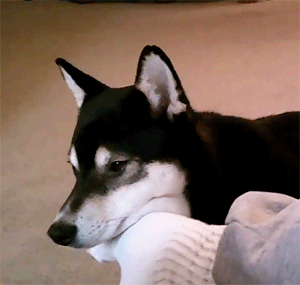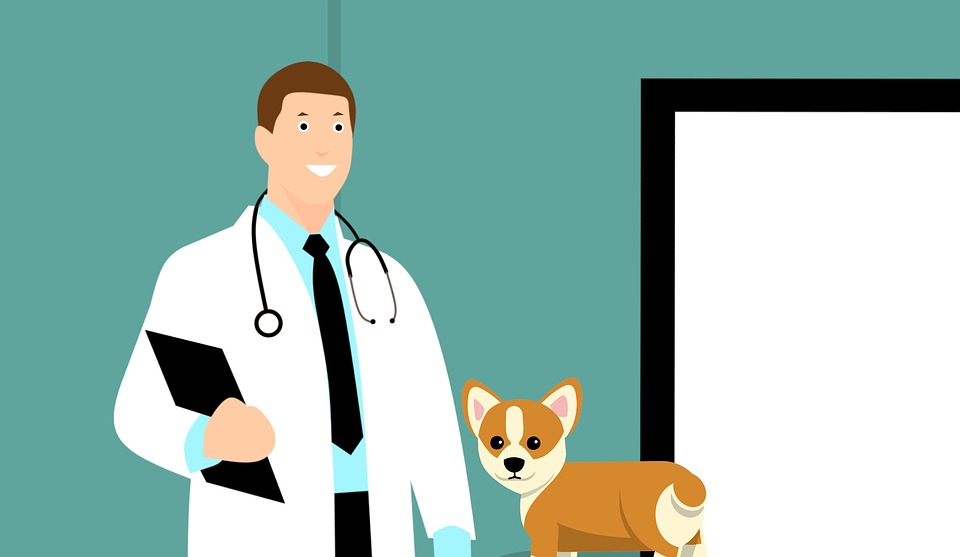How To Help A Dog In Separation Anxiety
Separation anxiety for dogs is a common problem that pet owners complain about. Your dog may have separation anxiety if he/she becomes destructive when left alone for long periods of time. Common behaviors your dog may engage in include urinating, barking, howling or chewing. These behaviors can be frustrating to deal with, but they can be dealt with effectively with patience and understanding for your dog.

Separation anxiety for dogs is a common problem that pet owners complain about
Although there is no conclusive evidence as to why dogs develop separation anxiety, some common reasons include having a new owner, changes in schedule and changes in where you live. Having a family member that your dog is close to leave can also cause this behavior. Keeping these factors in mind can help you to determine why your dog may be suffering. There are many things you can do to help calm your dog and end these behaviors.
The first step to ending separation anxiety in your dog is to rule out any factors that the dog has no control over. Usually, this means dealing with any health problems your dog may have. Incontinence is a common problem in older dogs, and so you want to make sure your dog has a complete check-up with your veterinarian. Rule out any physical problems your dog may be experiencing. Keep in mind that medications may also cause problems, and if your dog is taking them, discuss this with your veterinarian and explore other options.


Once you have ruled out any physical problemsyour dog may be experiencing, then look for behavioral problems. These behavioral problems may or may not result in separation anxiety, but if your dog is experiencing them, then they cannot be ignored. Urinating when reconnecting at the end of the day or in certain positions, as well as marking territory with urine may be normal dog behavior. Excessive barking, howling or digging are normal dog behaviors, but they may also be the results of certain triggers.
The most important thing to remember here is that this may be the result of improper or incomplete training. Although there is no way of knowing for sure, especially if you found your dog as an adult, it offers you a simple option for effectively dealing with the problem.
Which course of action you decide to pursue to help your dog will depend on how severe the problem is. Make sure you observe your dog determine the severity of the problem first. It may not take as much effort to make corrections, and there may be some behaviors, like digging you may not be concerned about.
If your dog is suffering from minor separation anxiety, the answer may be as simple as ignoring your dog when you first leave or come home. Making a big deal of leaving and coming home may actually inspire separation anxiety in your dog. You want to make sure that the dog understands that your leaving or coming home is really no big deal, and you will be back.
Leaving your dog with an article of clothing that smells like you is also a simple of way of calming your dog. If neither of these work, it may be necessary to consider purchasing an over the counter product that you can give your dog to induce calmness. A safety cue is another way to calm your dog as long as you feel comfortable with additional training.

Sometimes your dog’s separation anxiety may be far more serious. If you have tried the tips above, and none of them worked, it may require you to learn some additional commands or cues to teach your dog. Teaching your dog the right cues is often a part of dealing with the anxiety. Putting on your coat or picking up your keys may make your dog think you are ready to leave. Expose your dog to these cues throughout the day when you are home, and show your dog you aren’t leaving, and this may reduce your dog’s anxiety.
An example may be to put on your coat and then sit down and watch television for awhile. Show your dog that what you are doing is no big deal, and you can help reduce the anxiety of your dog.

You may also want to consider using graduated departures and arrivals. The way to do this is simple. Start by putting your dog in the stay position and then leave the room for a short period of time. Return before your dog becomes upset. You can also train your dog with out of sight stays by having your dog sit down and then stay in the bathroom or another room while you go to another part of the house. Do these throughout the day. Regular practice will help your dog get comfortable.
Another way to make it easier for your dog to stay home without you is to find someone to stay with your dog or take your dog to a doggie daycare. Your dog may simply not like staying alone, so having someone else at home in your absence may solve the problem. If your job allows it, consider taking your dog to work with you.
What happens if you’ve tried these techniques and nothing seems to work? Then it may be necessary to learn to live with the behavior, at least temporarily, until you can get your dog to the point of calm. Consider discussing drug therapy with your veterinarian, but make sure it’s temporary. As a last resort, and depending on the behavior, you may have to crate your dog while you are gone. Loose crating is another option where you put the dog in an enclosed area.

If you have tried all these techniques, and nothing still works, then consider having a trained professional work with your dog. Put your dog in obedience training if your dog never received it as a puppy, or you have an adult dog who may not have received training. Good obedience training can help your dog understand your expectation and reduce your stress. Most dogs won’t need a behavioral specialist to correct their behavior. For those who need therapy, the option is available.
